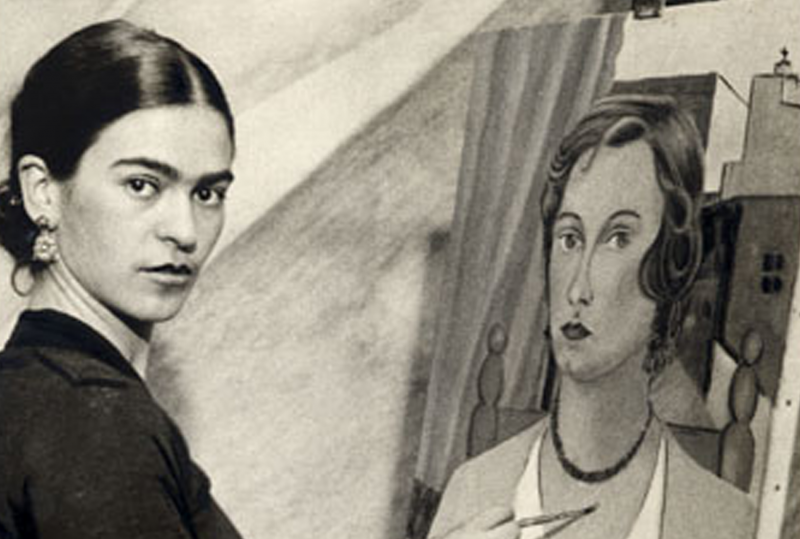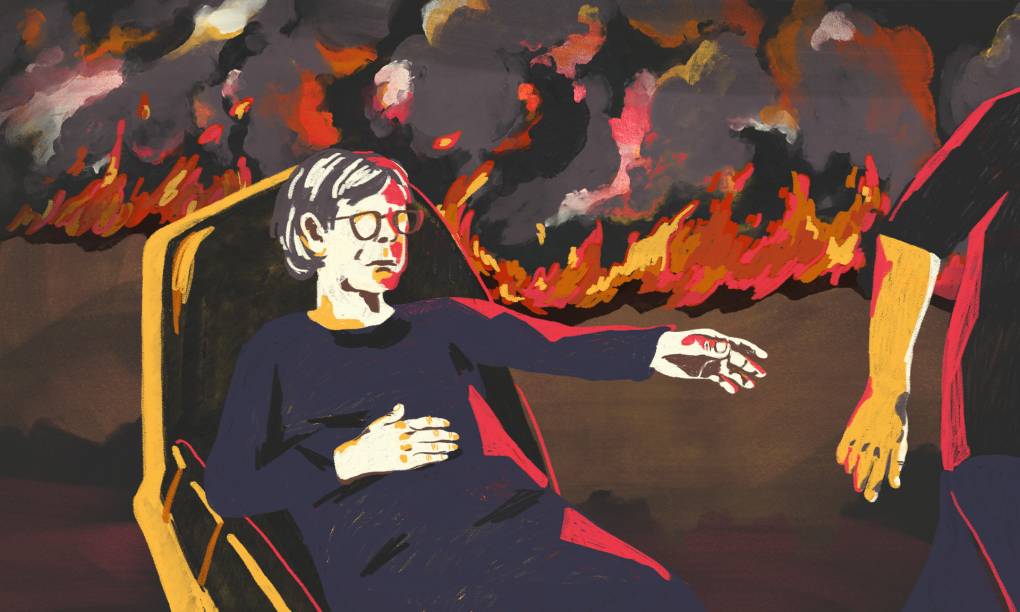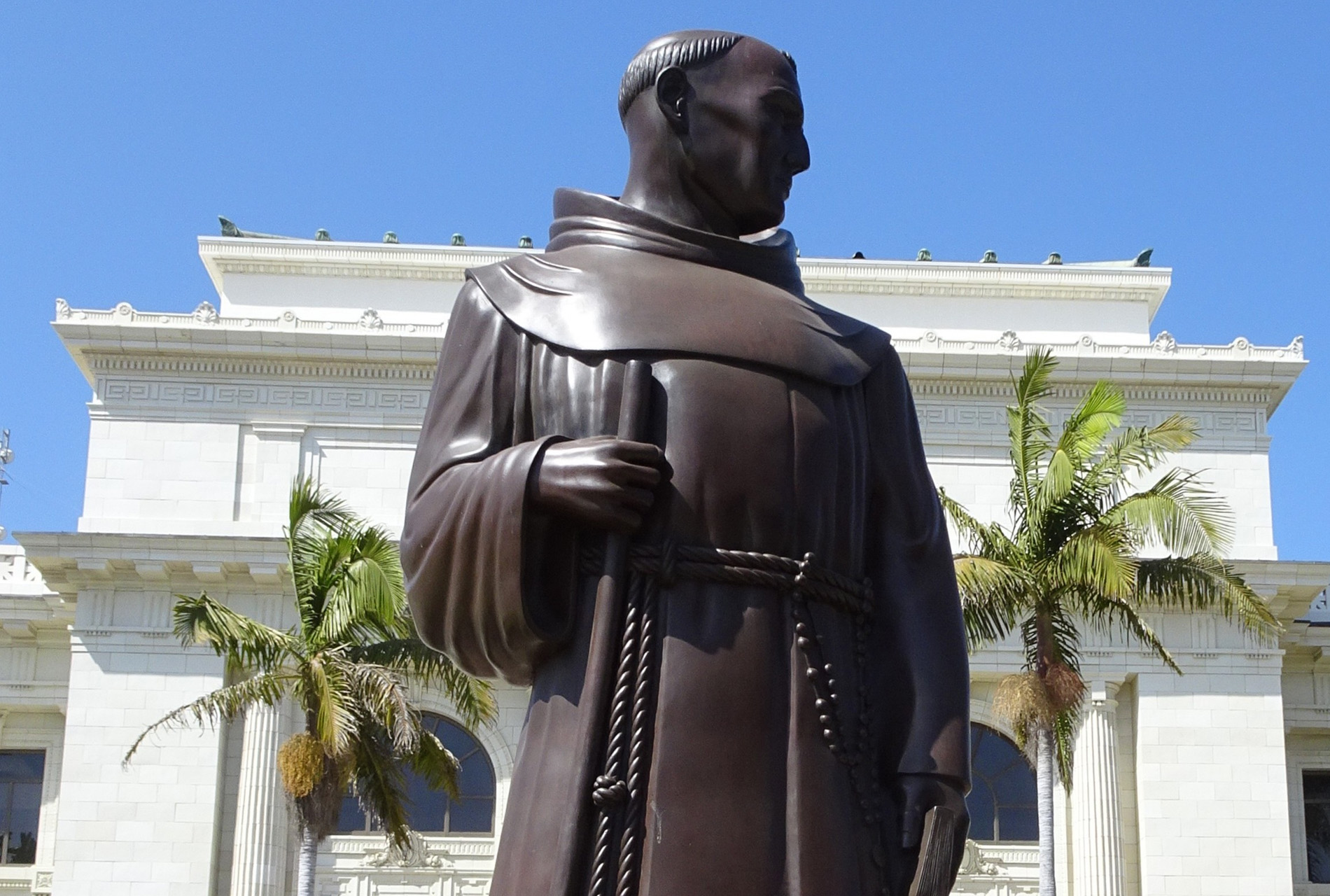Finding yourself with a little spare time in the last days of 2020 and looking for an engrossing story to lose yourself in?
We've curated a selection of the long (and long-ish) KQED reads that you might have missed this year, from delightful diversions to hard-hitting deep-dives. Scroll on to find one that catches your eye.
If you like to hear your stories, too, look for the 🎧 icon that shows which of these long reads also have a podcast version available.
Inside Frida Kahlo and Diego Rivera's Life in San Francisco 🎧
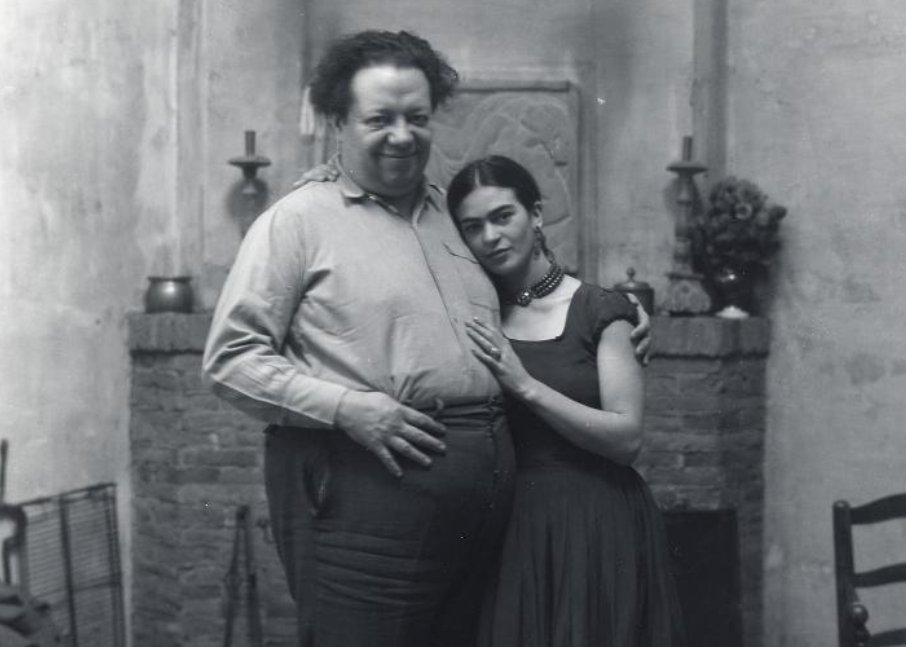
When they moved to San Francisco in 1930, the Bay Area provided iconic artists Frida Kahlo and Diego Rivera a place to create and thrive — and in return they gave San Francisco a lasting blueprint for creativity. This long read accompanies the Bay Curious podcast episode on Kahlo and Rivera's time in San Francisco, which was one of the show's most popular episodes this year.
Ethnic Studies: Born in the Bay Area From History's Biggest Student Strike 🎧
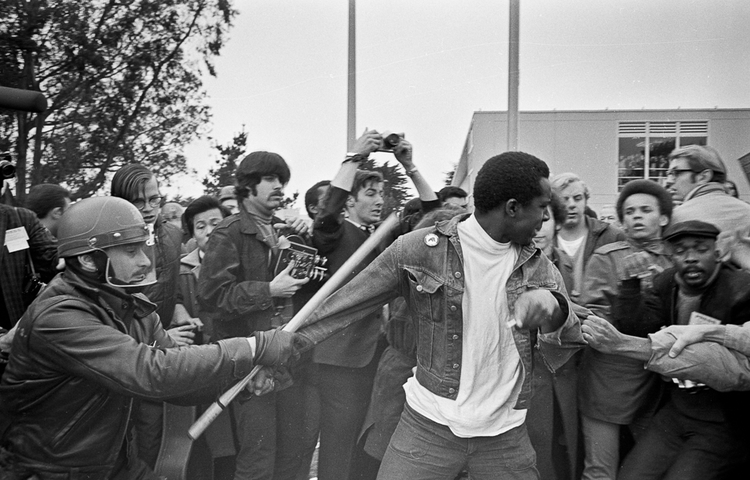
This year, legislation passed requiring all California State University students to take courses in ethnic studies, including African American, Asian American, Latina/Latino and Native American studies. This long read explores how ethnic studies was born from a revolution that began at San Francisco State University in 1968. At the time, the United States was 13 years into the Vietnam War, Martin Luther King Jr. had been assassinated and the Black Panther Party was demanding systemic change.
Pandemic Loans Were Meant for Small Businesses. Why Did These Giant Property Firms Get Millions?
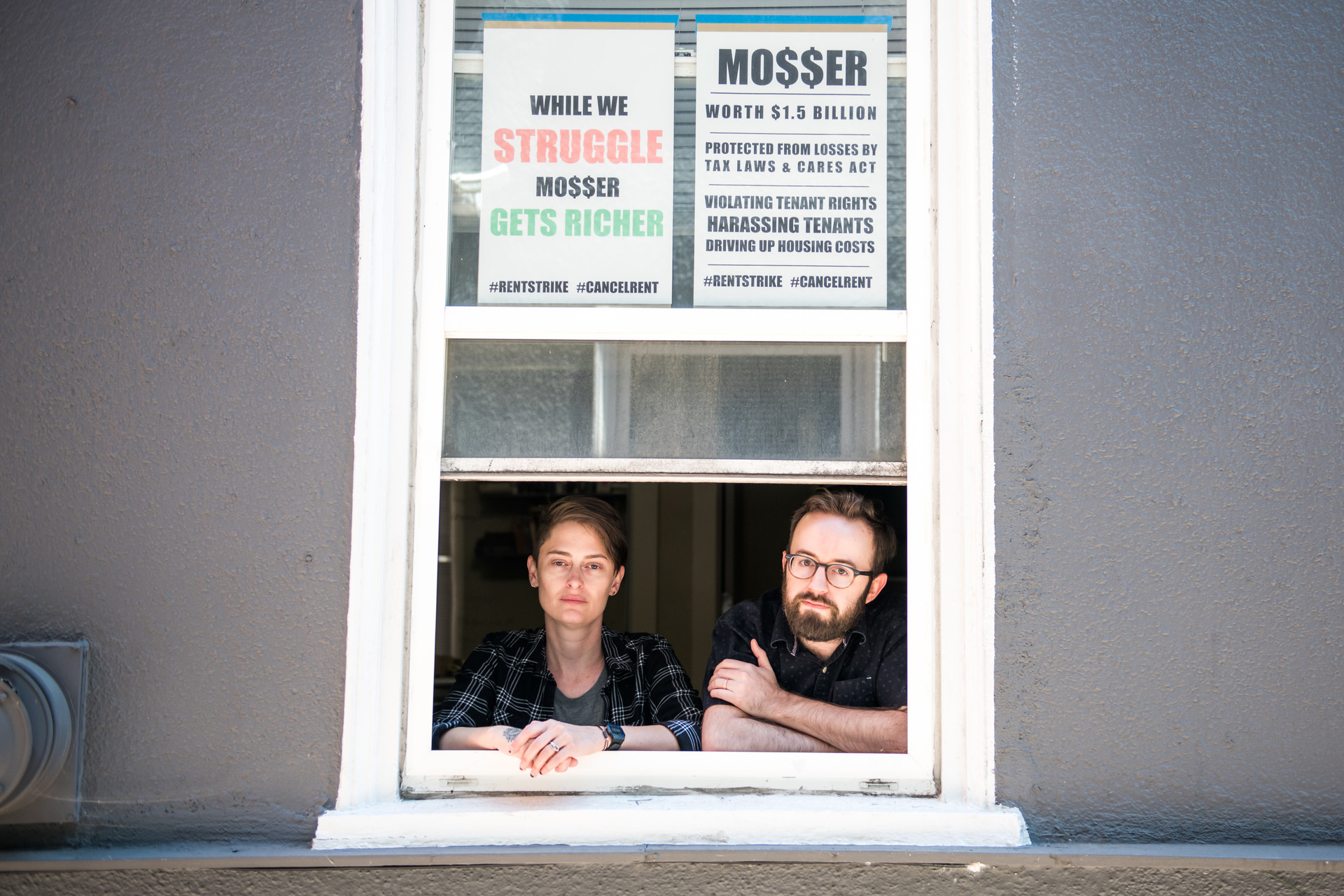
The Paycheck Protection Program, passed by Congress in March, was designed to help small businesses avoid layoffs during the pandemic. But some PPP loans went to Bay Area landlords and developers with billions in assets. This in-depth read from August delves into the controversy, and explores the thorny question of who "deserved" a PPP loan.
Proposition 22 Explained: Why Gig Companies Are Spending Huge Money on an Unprecedented Measure

Proposition 22 was passed by California voters in the November election, and the issue was this: Should a handful of companies be allowed to create a new gig contractor category for their workers that doesn’t include employee protections and benefits, like unemployment insurance and workers compensation? This is a comprehensive look at why the measure caused such controversy — and why companies like Uber, Lyft and DoorDash spent such vast sums on it.
The Little-Known History of Japanese Internment on Angel Island 🎧
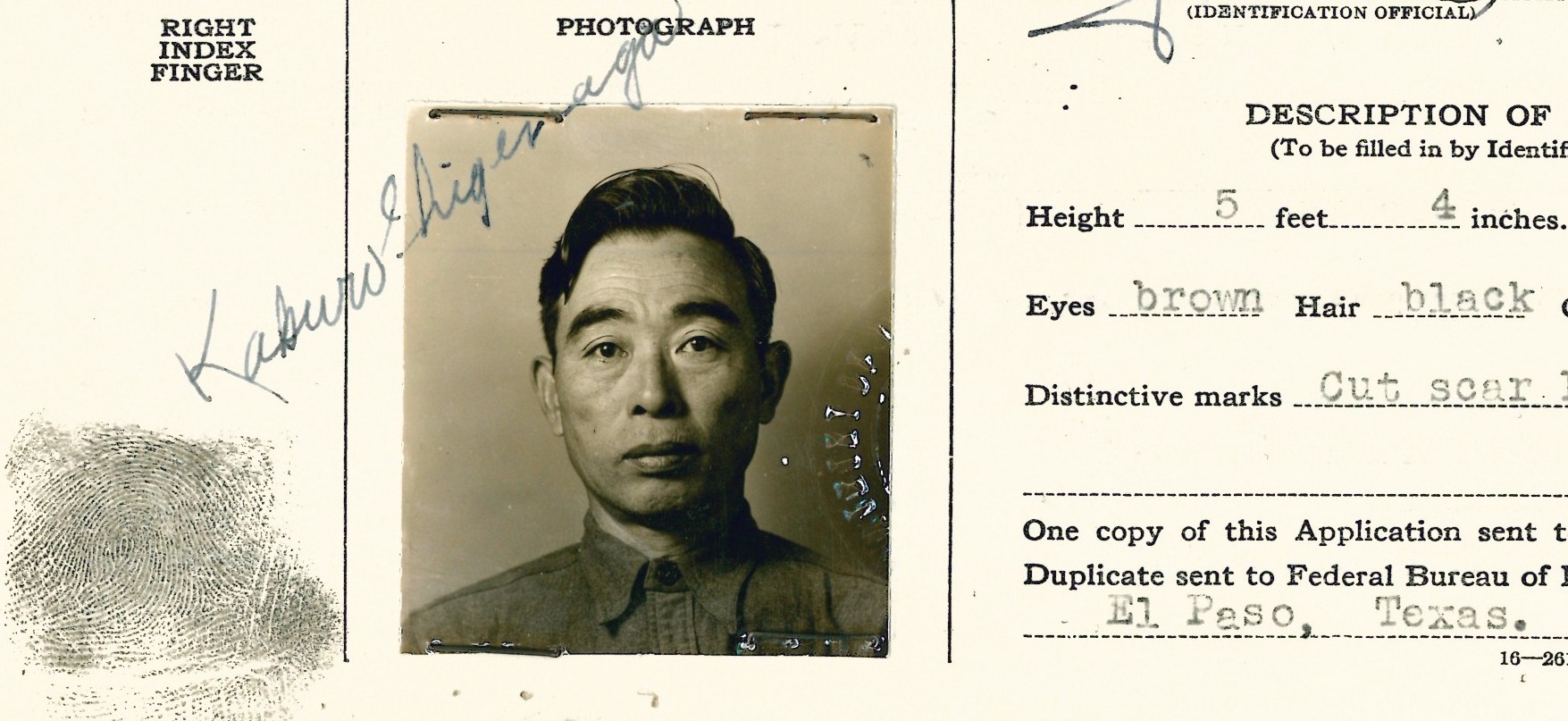
Angel Island in the San Francisco Bay draws sightseers and hikers to its picturesque shores but, until very recently, its darker history of Japanese internment history eluded even the island’s park rangers and tour guides. This Bay Curious story reveals how 700 West Coast Japanese residents, mostly from Hawaii, were interned here in the early 1940s, and how one family's own history intertwines with this place's secrets.
The Forgotten Occupation of Catalina Island
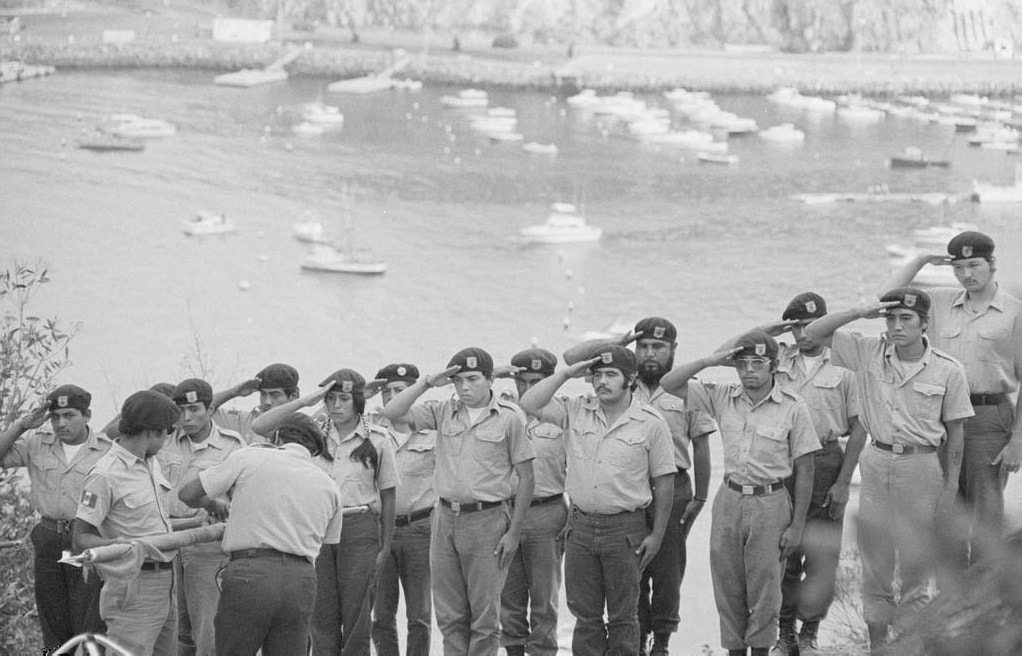
In August 1972, a Chicano-rights group called the Brown Berets camped out on Catalina Island for four weeks, demanding that its almost 42,000 acres of undeveloped land be turned into housing. This exploration of the movement, which took place just three years after the Occupation of Alcatraz, also contains a wealth of archive photography.
‘A Butterfly With My Wings Cut Off’: A Transgender Asylum Seeker’s Quest to Come to California 🎧

More than 85% of U.S. asylum applications from Guatemala are rejected. Trans firefighter Luna Guzmán braved the odds — without a lawyer — but her experience for eight months in a men’s unit radically altered her dreams of obtaining asylum. KQED's The California Report Magazine followed Guzmán's journey for over two years, revealing a story of resilience in the face of detention, prejudice and the hardships of the U.S. immigration courts.
